Bullet journaling is more than just a trend; it’s a powerful tool for productivity and organization. With countless bullet journal ideas at your disposal, you can customize your journaling experience to suit your unique needs. Whether you’re looking to track habits, plan your week, or unleash your creativity, a bullet journal can help you gain clarity and streamline your life.
In this blog post, you’ll discover a variety of practical and creative bullet journal ideas that can elevate your planning game. From essential setups that cater to your daily tasks to imaginative spreads that spark joy, there’s something for everyone. You’ll learn how to effectively structure your journal for optimal organization while infusing your personality into every page.
Embrace the flexibility of bullet journaling to enhance your lifestyle and personal development journey. By the end of this article, you’ll have the inspiration and tools needed to make your bullet journal a cornerstone of your productivity routine.
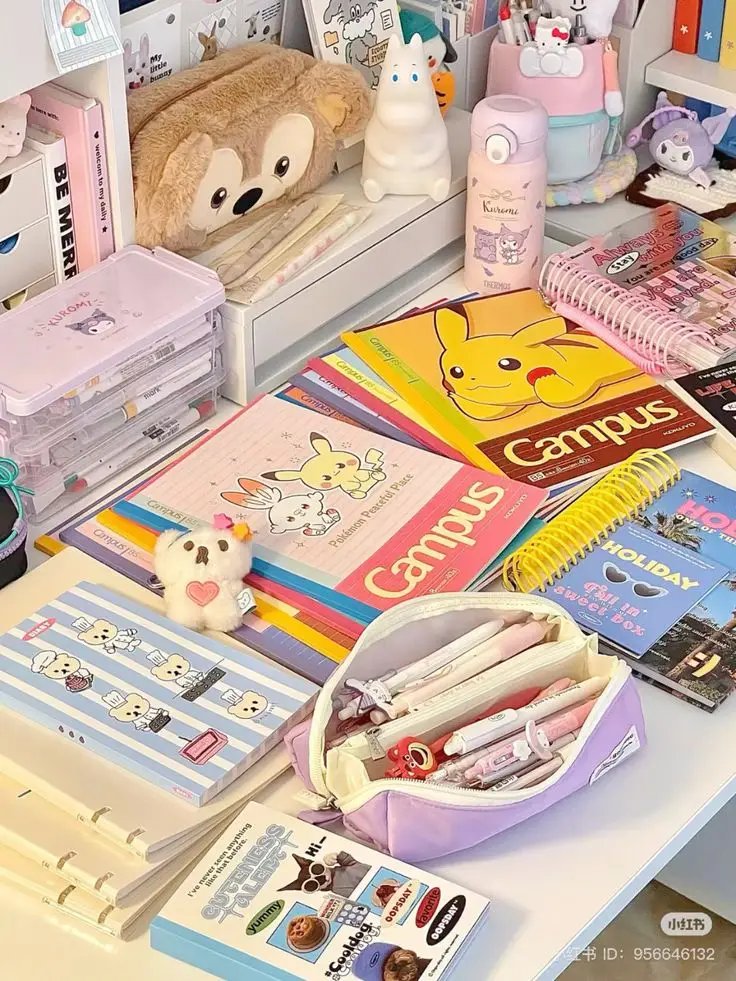


Key Takeaways
- Discover creative spreads to enhance your bullet journal.
- Learn effective planning techniques to boost productivity.
- Explore methods for personal development through journaling.
Setting Up Your Bullet Journal
Establishing an effective bullet journal involves selecting the right notebook, organizing your layouts, and understanding the symbols that drive the system. These steps ensure you create a personalized planner that suits your needs.
Choosing Your Notebook
The first step in setting up your bullet journal is choosing the right notebook. Consider factors such as size, paper quality, and binding type. Common choices include:
- Dotted notebooks: Ideal for flexibility and design.
- Graph paper: Great for precise layouts.
- Blank pages: Offers freedom for creativity.
Pay attention to the paper’s weight, especially if you plan to use markers or ink. A heavier paper reduces bleed-through. Popular brands include Leuchtturm1917, Moleskine, and Scribbles That Matter. Select a notebook that resonates with your style and encourages consistent use.
Basic Bullet Journal Layouts
Your bullet journal can feature various layouts depending on your organizational style. A few fundamental layouts include:
- Index: A table of contents for quick navigation.
- Future Log: A yearly overview for long-term planning.
- Monthly Log: A snapshot of the month including tasks and events.
- Daily Log: A daily page for managing tasks, events, and notes.
These layouts help streamline your journaling process. You can customize them according to your needs, ensuring they accommodate your daily routines and goals. Experiment with combinations and find what works best for you.
Bullet Journal Key Symbols
Symbols are essential in bullet journaling, helping you quickly identify tasks, events, and notes. Here are some key symbols:
- Dot (•): Represents a task.
- Circle (o): Designates an event.
- Dash (-): Indicates a note.
You can also create your own symbols to suit your preferences. Some people use color-coding or additional icons for status tracking, like completed tasks or migrated items. By developing a clear symbol key, you enhance the effectiveness of your bullet journal and make reviewing your pages more intuitive.


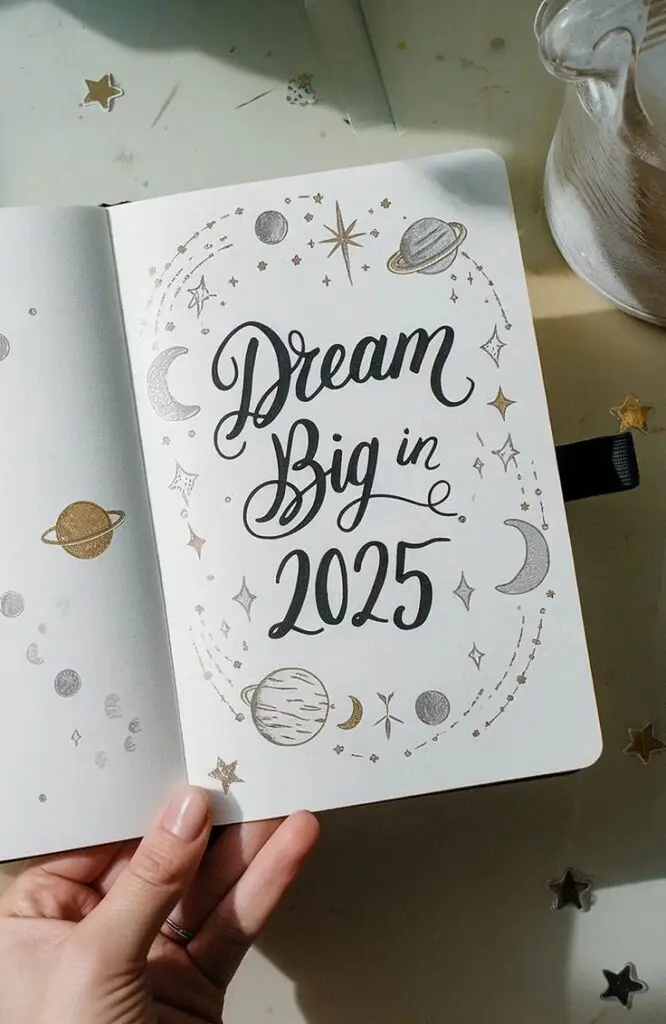
Creative Spreads and Trackers
Incorporating creative spreads and trackers into your bullet journal enhances organization and self-awareness. These tools help you monitor various aspects of your life, making them essential for personal growth.
Mood and Habit Trackers
Mood trackers allow you to visualize your emotional patterns over time. You can create a simple grid to color-code your daily mood. Choose colors that represent different feelings, such as blue for sad or yellow for happy. This can help you identify triggers and patterns.
Habit trackers are equally valuable. List habits you want to cultivate, such as reading or exercising. Create a grid to mark each day you complete a habit. This not only reinforces behavior but also provides a visual representation of your progress.
Health and Fitness Journals
Health and fitness journals allow you to set and track specific goals. Consider creating a fitness tracker to monitor workouts. Outline your exercise routine and log your completed sessions. You can make it visually appealing with icons for different workouts.
Meal planners are another useful addition. Design a weekly meal plan to track what you eat each day. This helps in maintaining a balanced diet and allows for better grocery shopping. Include sections for meal prep and recipes if desired.
Budget and Savings Logs
Budget trackers help you manage your finances effectively. Create a monthly income and expense chart. List categories such as groceries, utilities, and entertainment. This gives you a clear view of your spending habits and areas for improvement.
Savings trackers can motivate you to reach financial goals. Set a specific savings target and break it down into manageable milestones. Use a chart to track your progress. Each time you save, mark it on the tracker, celebrating small victories as you approach your goal.
Custom Collections
Custom collections cater to your unique interests and needs. You can create a reading list to keep track of books you want to read. Write down the title, author, and a brief note about why it interests you.
Other ideas include gratitude logs or travel planners. For a gratitude log, jot down three things you’re grateful for each day. This promotes positivity and mindfulness. Travel planners can help you organize trips, documenting itineraries, destinations, and packing lists.


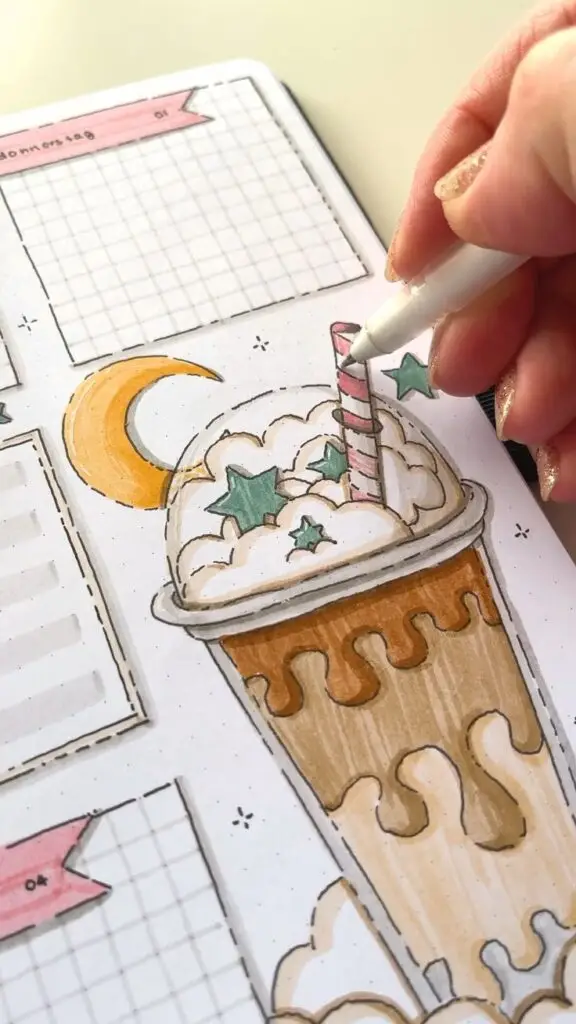
Planning and Organizing
Effective planning and organizing are essential for maximizing productivity in your bullet journal. You can structure your layouts to suit your time management needs and project goals.
Daily, Weekly, and Monthly Spreads
Daily, weekly, and monthly spreads help you maintain focus on tasks and significant events.
- Daily Spread: Use this layout to jot down a to-do list for each day. Prioritize tasks by importance and include deadlines.
- Weekly Spread: This offers a snapshot of your week. Allocate space for each day and add events or tasks to manage your time effectively.
- Monthly Calendar: Create a monthly setup to visualize upcoming commitments, deadlines, and milestones. Incorporate important dates like meetings, birthdays, or resolutions here.
By using each spread, you can track daily activities while keeping the bigger picture in mind.
Project Planning and Task Lists
For successful project management, a project planner is invaluable. Here’s how to use it effectively:
- List all project tasks in one section.
- Break down larger tasks into smaller, actionable steps.
- Assign deadlines to each task to create a sense of urgency and accountability.
Incorporate a checklist format to track progress easily. Use bullet points for clarity and organization. This not only keeps your projects on schedule but also ensures nothing falls through the cracks.
Life and Goal Milestones
Tracking life and goal milestones helps you stay aligned with your long-term aspirations.
- Resolutions: Write your New Year resolutions or any personal goals. Utilize a dedicated section to monitor your progress.
- Life Events: Log significant life milestones such as anniversaries, promotions, or achievements.
Create a timeline to visualize these important dates. This can serve as motivation and a reminder of personal growth.
By organizing your milestones, you establish a clearer path for your future goals.

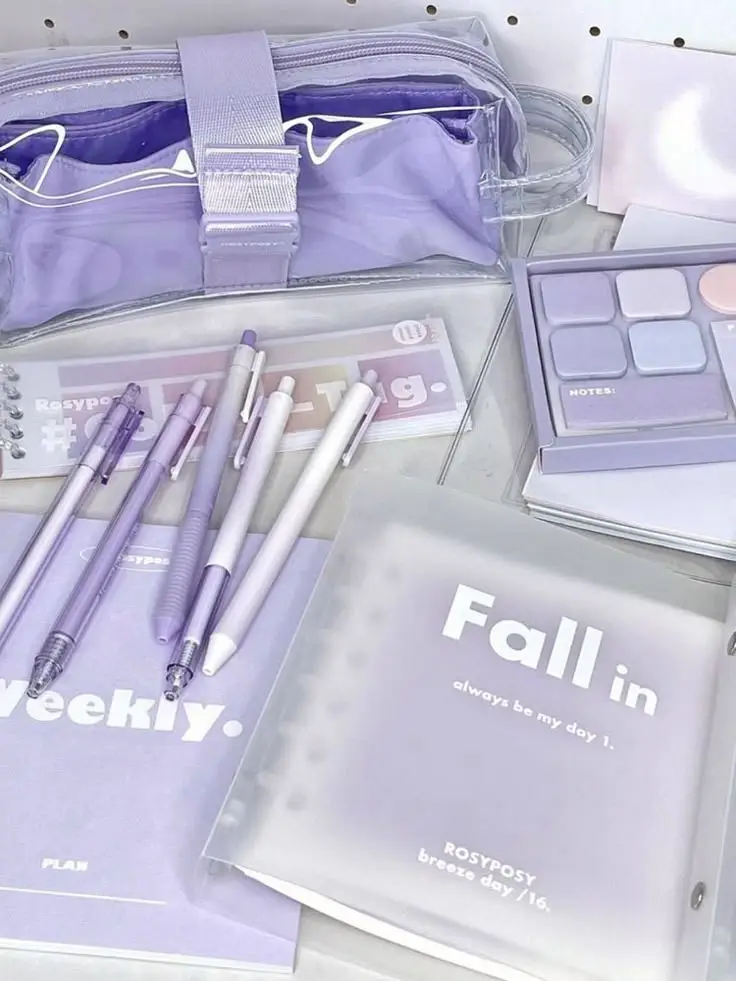
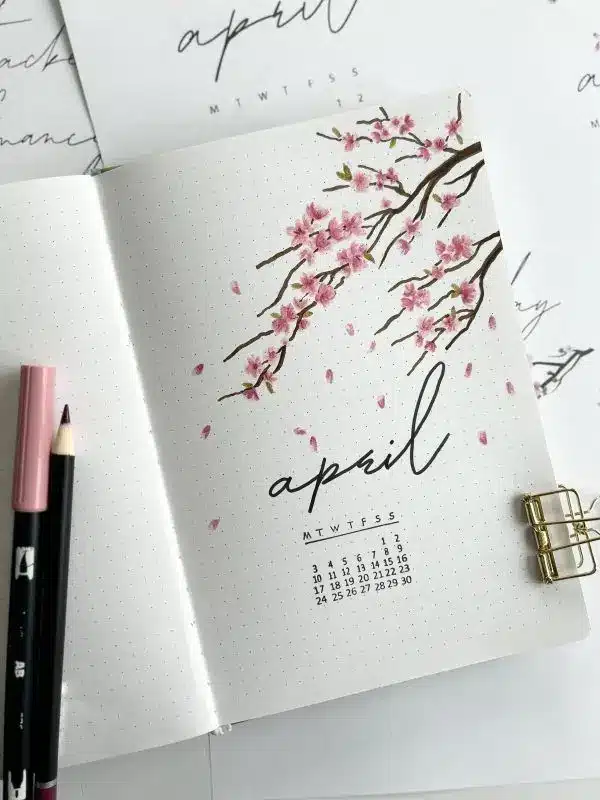
Lifestyle and Personal Development
Focusing on lifestyle and personal development can create a meaningful framework for your daily life. Implementing specific tools enhances self-awareness and growth while enriching your overall experience.
Mindfulness and Self-Care
Incorporating mindfulness into your bullet journal is vital for personal well-being. A Gratitude Log allows you to note daily aspects you’re thankful for, fostering a positive mindset. Use reflection prompts regularly to assess your emotions and mental state.
Self-care routines can be tracked to ensure you prioritize your health. Document activities like reading, meditation, or nature walks. Mind maps can visualize areas needing focus, helping you prioritize and create actionable steps for self-improvement.
Learning and Growth
Crafting a Bucket List in your journal encourages you to pursue aspirations actively. Include personal and professional goals, such as skills you wish to learn or experiences you desire. Setting SMART goals (Specific, Measurable, Achievable, Relevant, Time-bound) can guide your learning journey effectively.
You can also create a Vision Board to illustrate your goals visually. This could include images, quotes, or affirmations that inspire you. Regularly revisit and adjust your goals to stay aligned with your growth trajectory.
Leisure and Entertainment
Documenting Family Activities and Vacation Ideas can enrich your personal life. Use bullet points to list potential outings or trips, ensuring you dedicate time for leisure. Schedule regular family nights or outings that foster connection.
Consider tracking your hobbies, like reading lists or movies to watch, enhancing your downtime. Engaging in leisure activities contributes to a balanced lifestyle and better mental health. Be intentional about scheduling breaks in your routine for relaxation and enjoyment.






